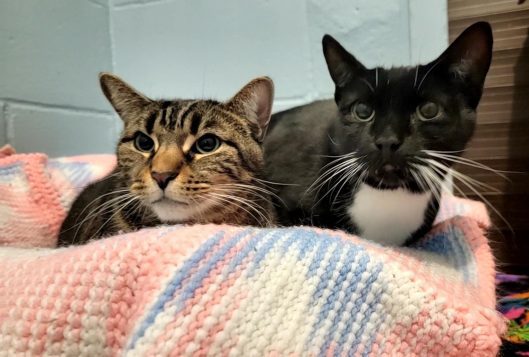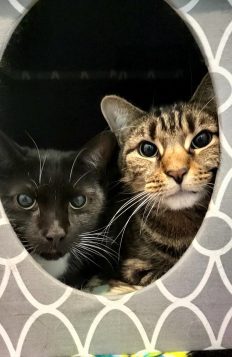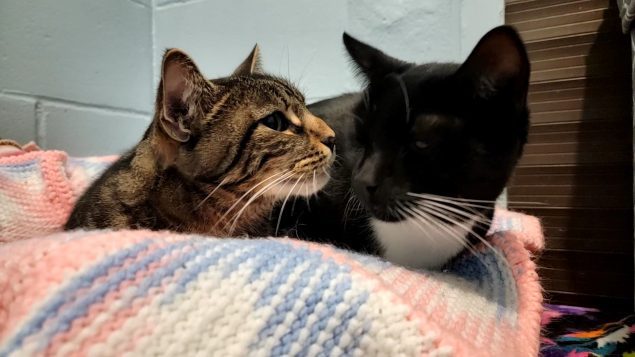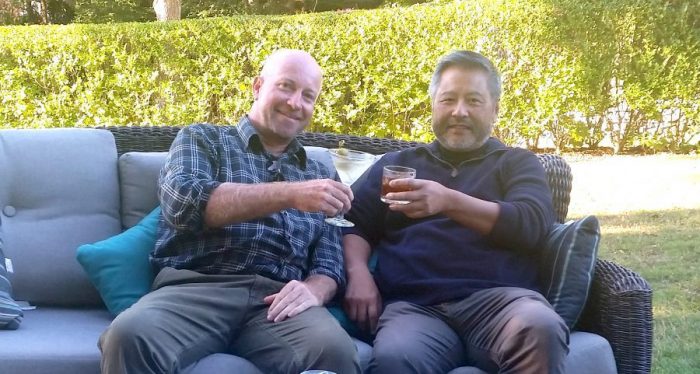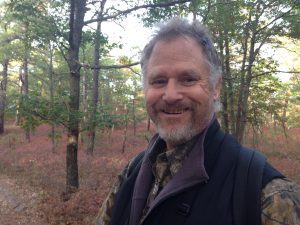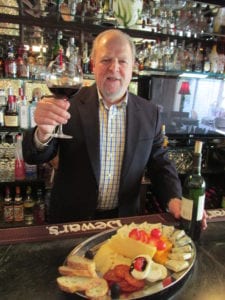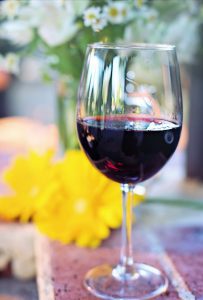By Nancy Burner, Esq.

Each year, the Department of Health will release updated resource and income levels for the Medicaid program. This year there has been a significant increase. Beginning January 1, 2023, New York State will be increasing the asset limits for community and nursing home Medicaid and income limits for community Medicaid.
For both community (home health aides) and chronic (nursing home) Medicaid, the available asset limit for 2023 is being increased to $28,133 for an individual applicant (the former asset limit for 2022 was $16,800) and $37,902 for a married couple (up from $24,600), allowing Medicaid applicants to retain significantly more assets and still be eligible for Medicaid.
The income limit for community Medicaid applicants is being increased from $934/month to $1,563/month for individual applicants and for married couples the income limit is being increased from $1,367/month to $2,106/month. There is an additional $20.00 disregard that can be added to each allowance; therefore, the total of income allowance for an individual applying for Medicaid can have $1,583/month and married couples can have $2,126.00.
Under this program, any excess income can be directed to a Pooled Income Trust for the benefit of the Medicaid applicant and the monies deposited into the trust can be used to pay the household expenses of the Medicaid applicant. In New York, all Pooled Income Trust are managed by charitable organizations. It is important to use the monies in the Pooled Income Trust because when the applicant passes away, the balance goes to the charity.
As for nursing home Medicaid applicants, the monthly income limit will continue to be $50, but the income limit for the non-institutionalized spouse is being increased to $3,715/month. Additionally, federal guidelines permit community spouses to retain up to $148,620 in assets plus a primary residence with a maximum value of $1,033,000.
Even if the community souse has assets and income over the threshold, New York’s spousal refusal provisions provide even more protection in that a community spouse can elect to sign a document which allows them to retain assets in any amount, including assets which were previously in the name of the spouse that requires care in a nursing facility.
Individuals applying for Medicaid benefits after January 1, 2023, should apply based on the asset and income limits discussed above. For those individuals who are already receiving community Medicaid and are using a pooled trust for their excess monthly income, your monthly budget/spend-down will remain the same until you recertify, at which time the increased income limits will be applied.
However, starting in January 2023 Medicaid recipients may ask their local Medicaid office to re-budget their spend-down based on the new income limits before their next renewal, enabling community Medicaid recipients to keep more of their monthly income sooner. It is advisable to consult an elder law attorney in your area to determine if a re-budget is appropriate in your case.
While the asset allowance has been increased, keep in mind that the five-year look-back period for nursing home Medicaid still applies, which means that any transfer of assets made within this period for below market value will incur a penalty period and Medicaid coverage will commence only after the penalty period has elapsed. Typically, there is always Medicaid planning that can be accomplished even if the individual immediately needs Medicaid coverage and has done no pre-planning.
*Please note, the income and assets are based on the 2022 Poverty Level. This is subject to change based on the 2023 Poverty Level.
Nancy Burner, Esq. is the founder and managing partner at Burner Law Group, P.C with offices located in East Setauket, Westhampton Beach, New York City and East Hampton.










